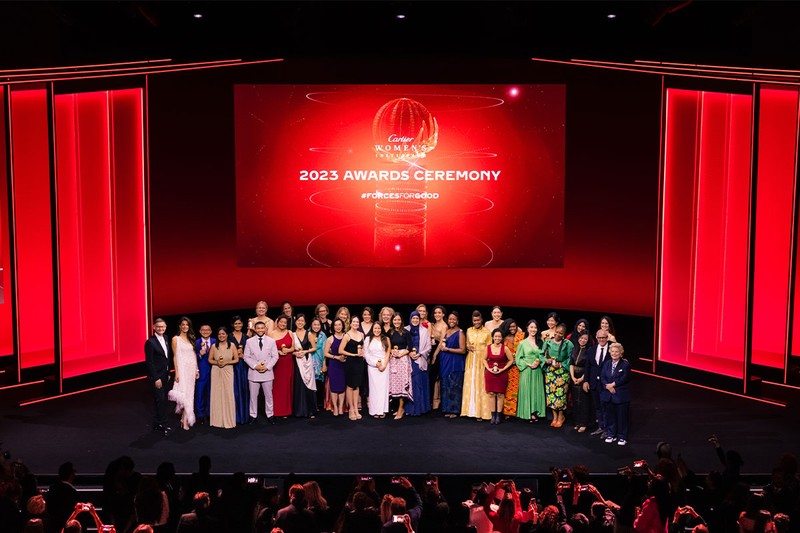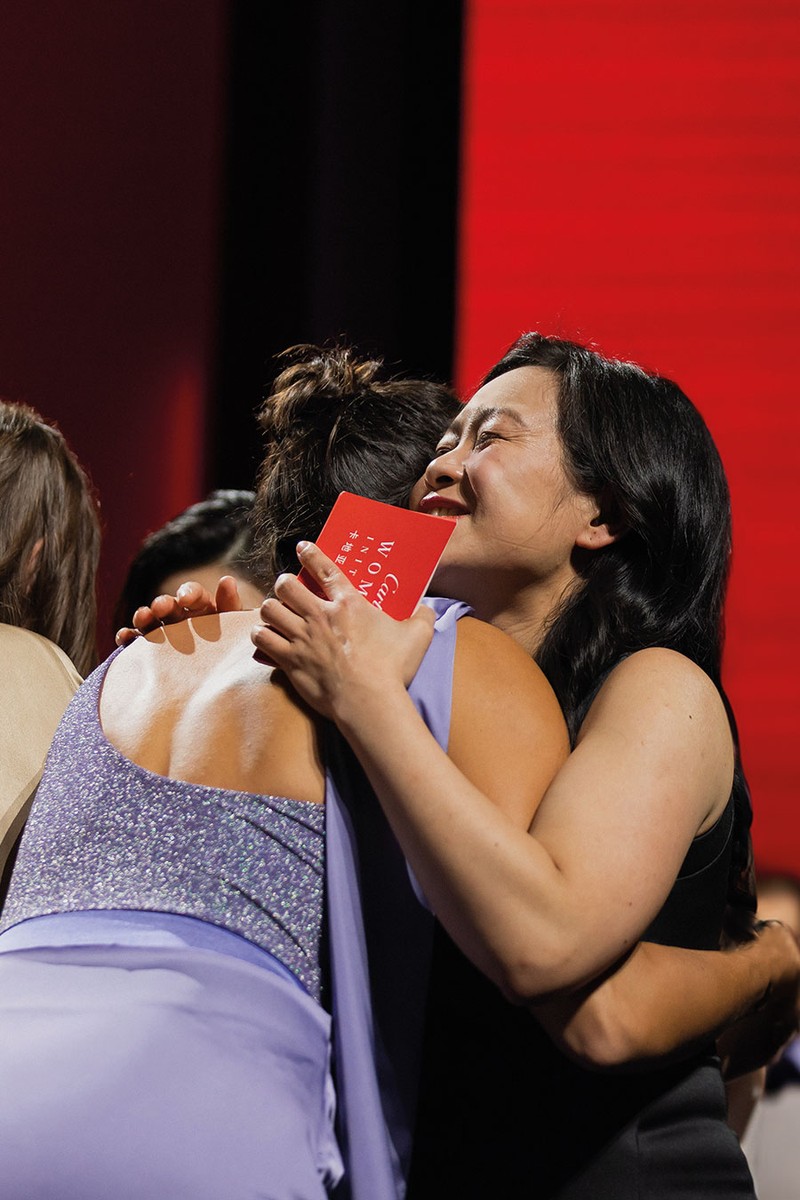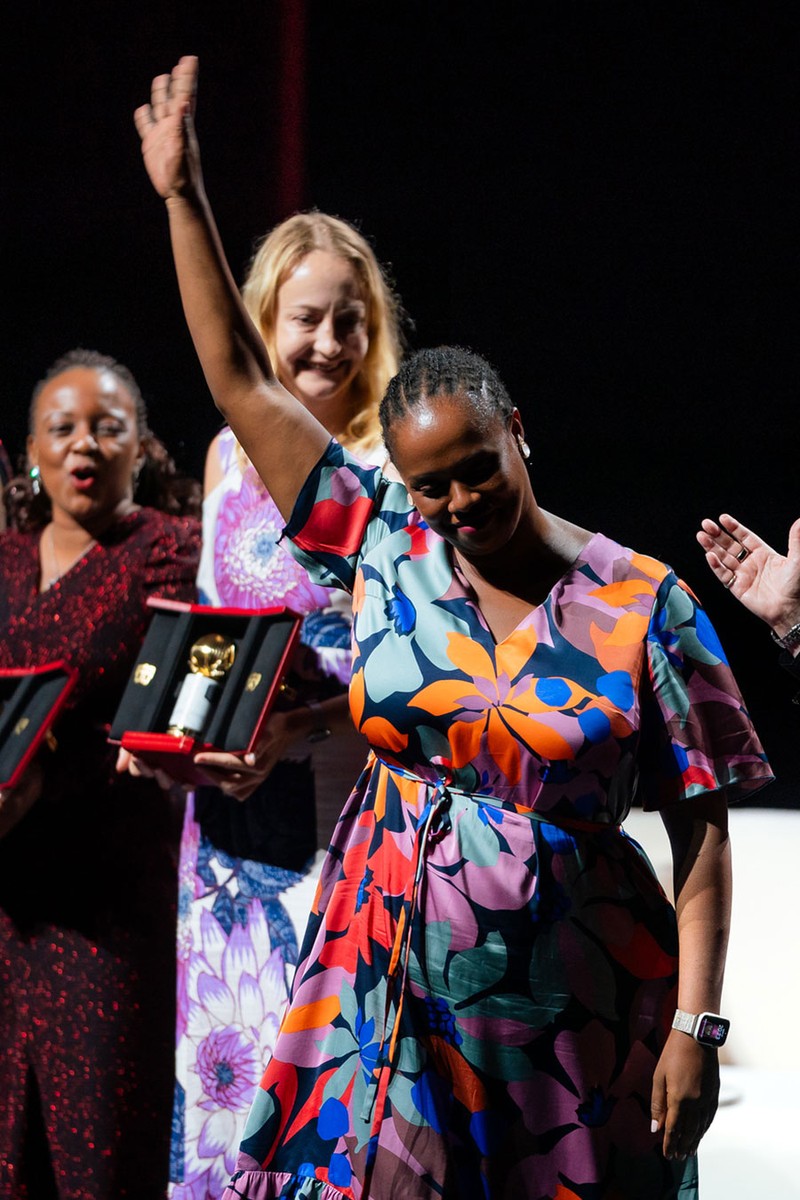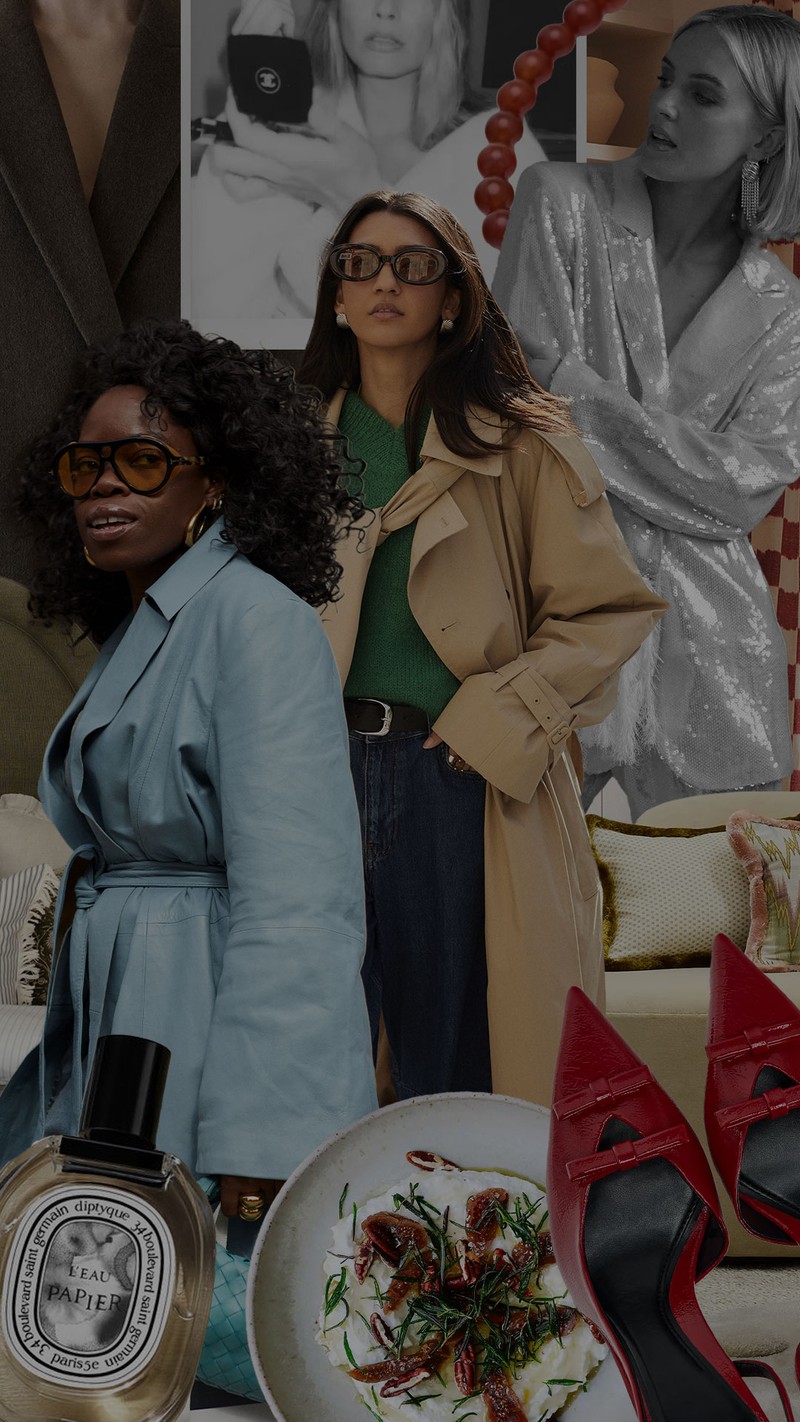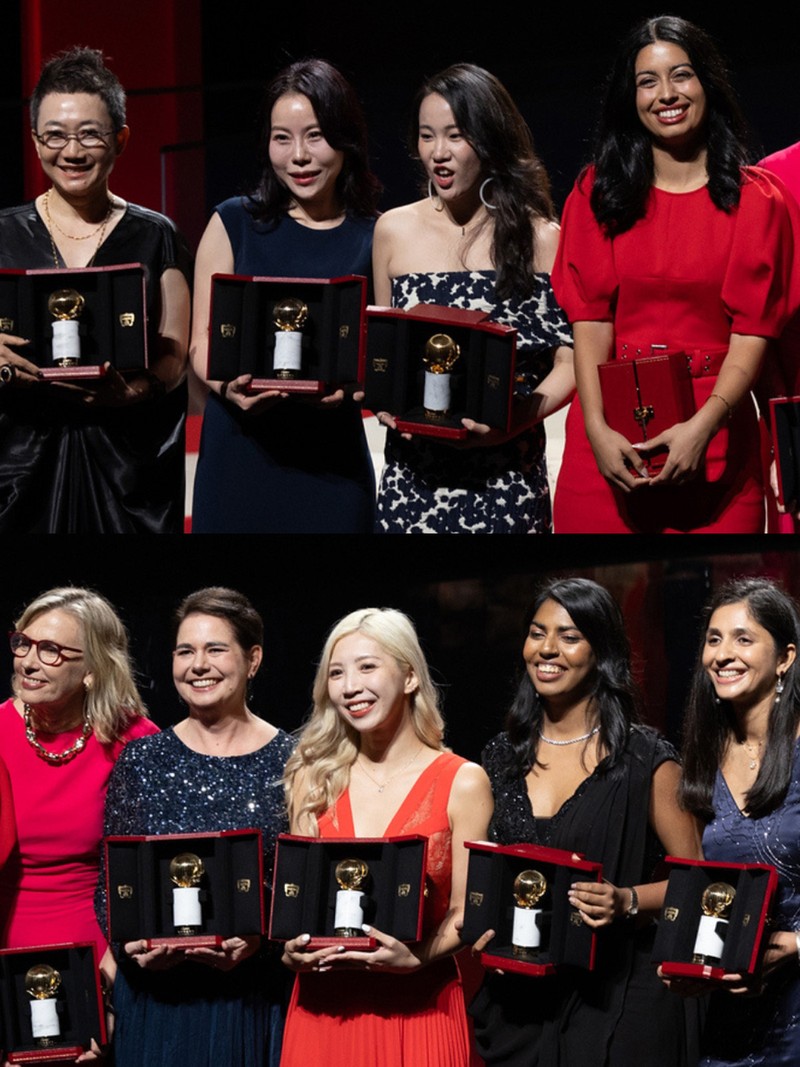
An Inspiring Woman Talks Female Entrepreneurship & Funding
Tell us a bit about the Cartier Women’s Initiative, Wingee…
We’ve been around since 2006. In the early years, we were more of an award that recognised female changemakers working on social and environmental initiatives in their respective communities. Then, around 2017, we took the opportunity to transition to an international entrepreneurship programme. This was the vision of Cyrille Vigneron, the chairman of Cartier Culture & Philanthropy. One of our aims is to empower women in economic terms – and supporting entrepreneurship is a way to do this. Another aim is promoting the idea of business for good, both in terms of the businesses we’re supporting and our own at Cartier. We want to be role models, so Cartier really holds itself to a set of strong values around entrepreneurship, rigour, boldness and generosity.
And how did you become involved?
I joined Cartier five years ago and I’ve led a lot of the change in evolving our programme since then. It was very serendipitous in how I found the Cartier Women’s Initiative – I’d moved to France for personal reasons, but I was already very passionate about female impact entrepreneurship. I wasn't sure who else in France would be, but I had the chance to do a consulting project for Cartier and a few months later I was asked to join as the programme’s director.
What are the programme’s primary aims?
There are three main verticals. The first is the awarding of financial grants to each of our awardees, who can also apply for a loan from the Cartier Women's Initiative Loan Fund. The second vertical is about delivering human capital support in partnership with INSEAD Business School, where fellows can now study a customised women’s impact entrepreneurship programme. We also formed a partnership with the Women’s Impact Alliance (WIA) around executive coaching specifically for impact leaders. The third vertical is social capital – so the opportunity to speak with the media who are covering the Cartier Women's Initiative and hopefully the stories of all the entrepreneurs in our programme. This kind of visibility is crucial for our fellows to take their businesses forward. Today, we have around 330 women impact entrepreneurs in our community programme.
Are there any women or businesses who have really impressed you?
So many, but I’ll try to share my favourites. Halla Tómasdóttir was an applicant from one of the earliest editions of the Cartier Women's Initiative. Today, she’s the second female president of Iceland. She originally applied to us with a financial services firm that she and her co-founder Kristen wanted to be more female-friendly. Funnily enough, she said her role model was the first female president of Iceland, so it’s incredible to see her become this really impactful leader – especially because it highlights the importance of having a role model and how it really brings about change.
Another impressive story is Namita Banka, a jewellery designer who started a sanitation company called Banka BioLoo. Even though she was in a different industry, she saw the sanitation challenge in India – especially the lack of toilets in the railways – so she started a company that installs environmentally friendly toilets in the Indian railway systems. When she took the company public, it was one of the first sanitation companies in India to go public. Not only did she start a very profitable company that led her to IPO, but she was able to solve an issue that no one thought a business could solve. There are so many social and environmental challenges in the world, but this proves you can be part of the solution – and in a profitable manner.
A final story is Linda – the first female ear, nose and throat (ENT) surgeon in Singapore. She was already a successful surgeon, but on one of her humanitarian missions to Cambodia, she discovered that many children did not have access to surgery for glue ear – a specific type of infection in the middle ear. In the developed world, this surgery isn’t complicated in the right medical environment, but in the developing world it was very challenging. When she took her daughter to get her ears pierced, she had a lightbulb moment: she could create a handheld, medical device to treat glue ear. It’s since been patented and it’s in the process of clinical trials before it’s commercialised and distributed. This story really proves the importance of having women in the entrepreneurship ecosystem.
What other ways do you support female entrepreneurs?
While our programme has focused on supporting individual entrepreneurs, we provide support to Global Entrepreneurship Monitor (GEM), the biggest body of longitudinal research around entrepreneurship. We are one of the main sponsors of its Women’s Entrepreneurship report. GEM is constantly quoted and reviewed by other programmes and policymakers in countries all around the world. For us, it’s really important this report is published every year and that the data is analysed.
And how do you offer support personally?
My time is split between running the programme and delivering the financial, human and social capital support I described earlier. A portion of my time is spent working directly with entrepreneurs, supporting them in whatever capacity I can – be it connecting them to different people in the ecosystem, connecting them to people within the community, or advocating for this overall space. It’s why I do interviews and share our story with as many people as possible. This work is so important – and one of my main aims is to inspire more corporates or other programme designers to join forces in strengthening the overall ecosystem support for female impact and DEI entrepreneurs.
What is it about women you think makes them exceptional business leaders?
Over the years, what I’ve found to be consistent about all women entrepreneurs is that when they see a problem, they can’t ignore it. They really try to leverage the forces of business to solve it. Our CEO has a great saying: “When women thrive, humanity thrives.” It’s the idea that we need the whole world to be approaching its challenges with all of our collective experience and perspectives. Hopefully, through the initiative’s work you can see how entrepreneurship can make a big difference – especially when the conversation includes everyone.
Finally, how would someone apply to the Cartier Women’s Initiative?
We have an open call in the springtime – this year applications will be open from 18th April to 24th June. The review process then lasts about six to eight weeks. I encourage everyone to apply early. You can find a full list of FAQs here. If you’ve already got a business plan, you’re likely to find the application form easier to fill out – and the due diligence stage will also be easier to navigate. Basic benchmarks we’re looking for are a year of revenue (hopefully recurring) – except in the deep tech category – but the business does not have to be profitable. We’re looking for companies that have potential to scale, but are struggling to make that happen due to lack of funding. That’s where we come in. Every grant and all the support is funded by Cartier.
DISCLAIMER: We endeavour to always credit the correct original source of every image we use. If you think a credit may be incorrect, please contact us at info@sheerluxe.com.
